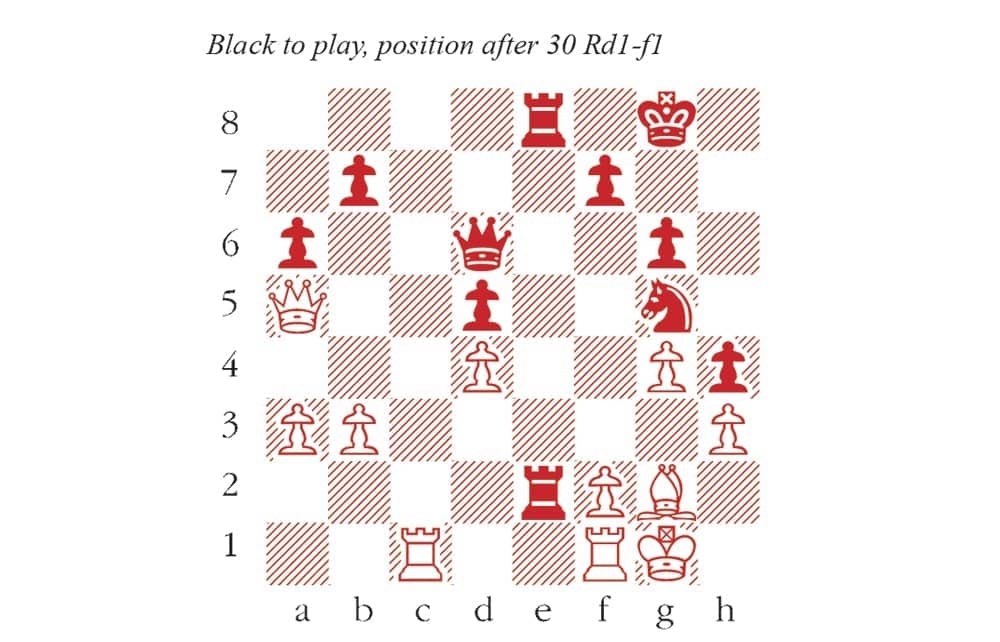Yuri Averbakh had a wry explanation for why he was made chairman of the USSR Chess Federation in 1972. There was a feeling that Boris Spassky, the Soviet world champion, would lose his title to Bobby Fischer in Reykjavik that year. Nobody else wanted to deal with the fallout, so Averbakh got the job. Whatever the truth of that, Averbakh had been deputy chairman for ten years already, and throughout his life showed a tireless appetite for almost every role that chess has to offer. He left his mark on the game as a player, politician, writer, analyst, editor, researcher, historian and arbiter.
Yuri Lvovich Averbakh died in Moscow on 7 May, just a few months after celebrating his 100th birthday. He was born in Kaluga, a small city 100 miles from Moscow. As a youth he was tall and athletic, and drawn to several sports including volleyball and boxing. Even in his late eighties, he was a regular swimmer until his doctors told him to ease off. He evidently believed that chess could also contribute in maintaining health into old age. But he advocated that older players should spend their time solving chess problems, rather than endure the stress of playing in tournaments.
Averbakh was a prolific composer of problems, which tied in with his work as a theoretician of the endgame. His series of endgame volumes, which were translated into English as Comprehensive Chess Endgames in the 1980s, was a mammoth undertaking, particularly before the advent of computer analysis. For many years, they were the definitive endgame textbooks, and many of Averbakh’s compositions were simplified positions, designed to illustrate key endgame ideas with optimal clarity.
He liked to categorise chess players by their defining traits. Botvinnik and Fischer, for example, he saw as killers, who sought to crush their opponents. Others were fighters (like Lasker), sportsmen (Capablanca), games players (Karpov) or artists (Tal). Averbakh saw himself as a researcher, fascinated by chess analysis as an end in itself, while noting that such players rarely become world champions. He was, nonetheless, a player of the highest calibre – a candidate for the world championship at the famous tournament in Zurich in 1953, and USSR champion in 1954. His best games are inspiringly wholesome. The game below ends with a flourish, but the methodical play leading up to the diagram position is powerful in its own way.
Wolfgang Uhlmann-Yuri Averbakh
Dresden, 1956
1 d4 Nf6 2 c4 e6 3 Nc3 Bb4 4 e3 O-O 5 Ne2 d5 6 a3 Be7 7 cxd5 exd5 8 Ng3 c5 9 dxc5 Bxc5 10 Bd3 Nc6 11 O-O Be6 12 Nce2 Bd6 13 Nd4 Nxd4 14 exd4 Re8 15 Nf5 Bxf5 16 Bxf5 Qb6 17 b3 g6 18 Bh3 Ne4 19 Qd3 Be7 A strong regrouping, seeking a more promising diagonal. 20 g3 Bf6 21 Be3 Re7 22 Rac1 Rae8 23 Rfd1 Qd6 24 Bg2 h5 25 Qb5 a6 26 Qa5 h4 27 g4 Bg5 28 Bxg5 Nxg5 29 h3 Re2 30 Rf1 (see diagram) 30…R8e3 A wonderful way to breach the kingside defences. 31 fxe3 31 Rc3 was more stubborn, but after 31…Rxc3 32 Qxc3 Ne6, preparing Ne6-f4, White remains in terrible trouble. Rxg2+ 32 Kxg2 Qg3+ 33 Kh1 Qxh3+ 34 Kg1 Qxe3+ 35 Kh1 Qh3+ 36 Kg1 Qg3+ 37 Kh1 Nf3 Moving in, and 38 Rc2 doesn’t help on account of Qh3+ 38 Qd8+ Kg7 39 Rxf3 Qxf3+ 40 Kh2 Qf4+ 41 Kg2 Qxg4+ White resigns Black will win the Rc1 with another queen check, emerging several pawns up.






Comments